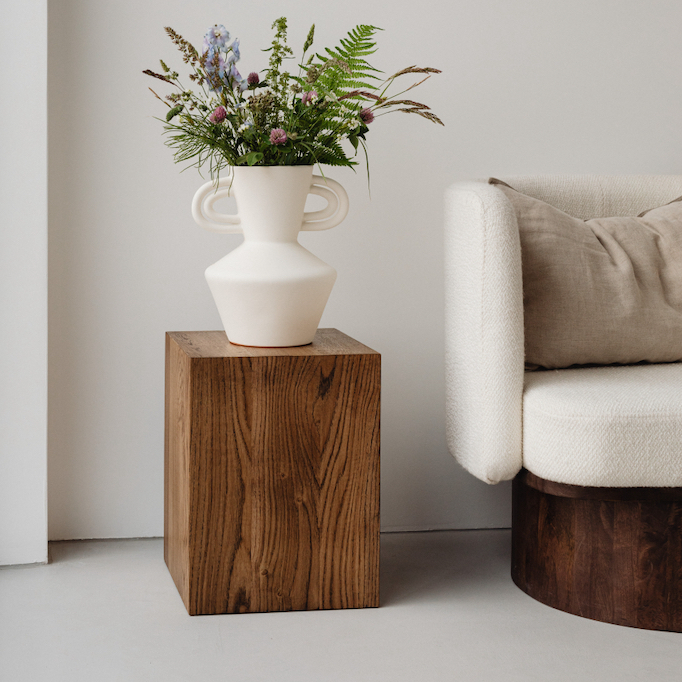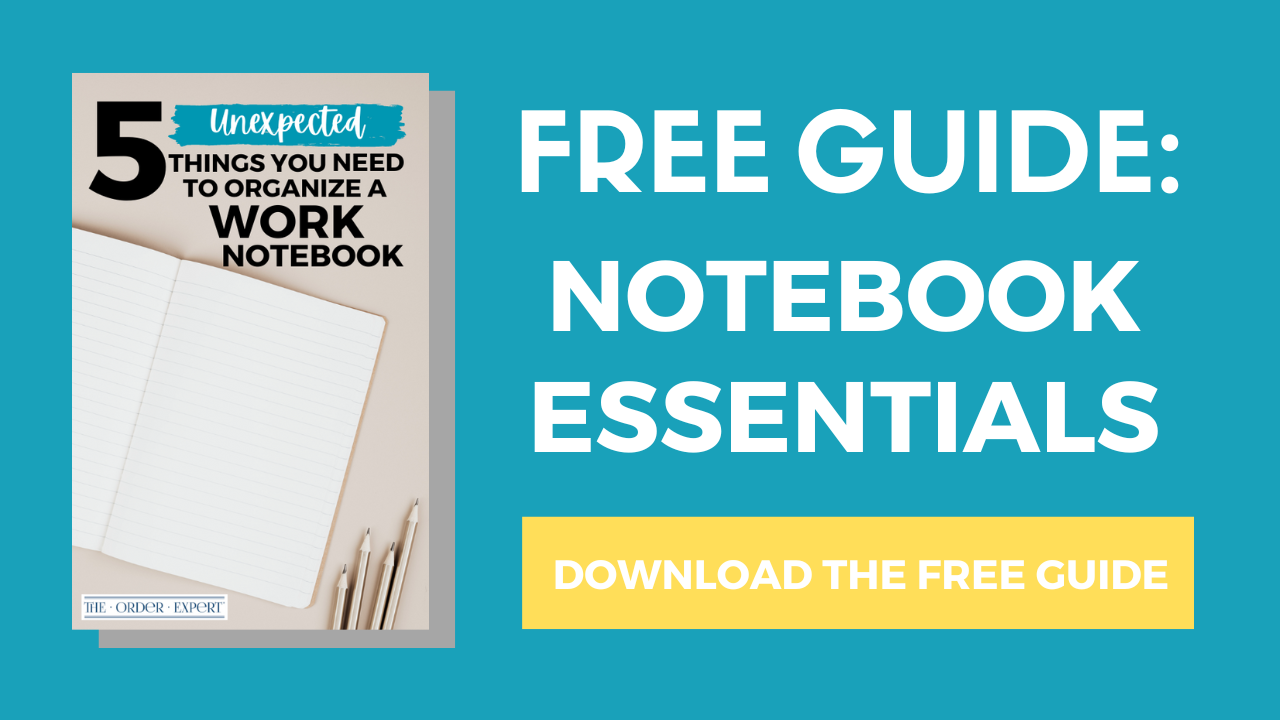
Are you wondering what’s the process to organize anything at home or work?
Are you looking for a few helpful pointers that can be used in pretty much any organization project, large or small?
Well, you’re in luck!
In this post, you’ll find the five simple steps you need to follow if you want to organize anything—absolutely anything—in the world.
Step 1. Decide what you are going to organize.
What do you want to organize?
Broad statements, such as, “I want to organize my house,” are a good start, but you’ll find it even more helpful to drill down and specify exactly what it is you want to organize.
From the example above, do you want to organize a bookcase? Organize your room? How about organizing receipts or your emails?
This tip applies for any organization project.
The clearer you can be in defining what it is you want to organize, be it a chest full of toys, files or gardening equipment, the easier it will be to do your work.
Step 2. Collect items and/or materials.
Hopefully, the items you want to organize are located in the same physical location.
This could be a room, home, garage, office, or other area.
If for some reason items aren’t in the same location, you’ll need to make arrangements to move and consolidate everything.
Why should you do this? Well, you want to be able to compare and contrast items amongst one another.
Having items side-by-side makes it easier to spot patterns, trends, and themes running through whatever it is you’re going to organize.
You may find it helpful to set up an organizing workspace before you begin your project in earnest.
Step 3. Appropriately sort items and/or materials.
Feeling a bit apprehensive about sorting? Don’t worry, we’re going to make things really simple!
The easiest way is to go about this is to sort items broadly, and then refine the process for as many times as necessary.
For starters, you will make a series of simple decisions as to whether you will keep the item, trash the item, or donate the item.
Here’s an example: let’s say you have a pile of stuff from your coffee table that you want to organize.
How should you process everything?
You can begin by going through the items one-by-one and deciding whether to keep the item, throw it away or recycle, or donate the item.
After you’ve finished with your first round of sorting, you can refine your sorting.
At this point, you can start grouping like items with like.
From our coffee table example above, you might sort markers so they are with other markers, papers with papers, and books with books.
Step 4. Select an organization system.
Now that you’ve sorted everything, it’s time to figure out what organization system you are going to use.
Remember, it doesn’t matter so much which organization system you use, as long as you can find what you need, when you need it.
Let’s say you are organizing shirts in your clothes closet. You’ve got a bunch of long-sleeved shirts, short-sleeved shirts, tank tops, t-shirts and blouses.
How many different ways could you organize these shirts?
Well, you could organize them by fabric, pattern, color, weight, types…the list goes on and on!
You think about things for a moment, and then decide that the best way to organize things for your needs is to organize clothing by type.
So, in this case, you would organize tank tops with tank tops, long-sleeved shirts with long-sleeved shirts, and so on.
Remember, all you have to do is choose one organization system that works for you, and stick with it.
Step 5. Store items.
Lastly, the final step in organization is to properly store everything for safekeeping.
You can choose any method of storage for your needs, be it containers, boxes, baskets, drawers, bins, trunks, cabinets, and so on.
Try making use of whatever storage materials you may already have; and then shop for organization products as needed.
At this point in time, you might decide to label your items, or make a cheat sheet as to where you’ve stored everything in your home or office for easy retrieval.
How about you? What items are you going to organize using these tips? Join the conversation and leave a comment below!





0 Comments